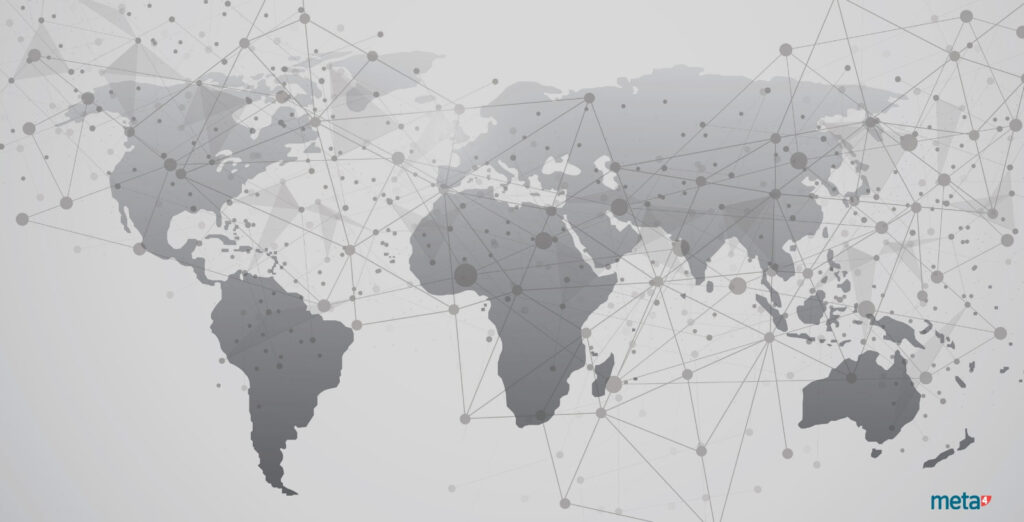We could say that a person’s essence is based on different cultural layers merged with their own experiences. The varied facets shaping a person’s multicultural experience can range from their personality, family, training, national or world culture, and more.
Nevertheless, each individual is unique and comes with a distinctive cultural baggage, something that the HR department must take into account, as this can directly influence various organizational aspects, even performance. So, it becomes vital that HR treats each employee individually in a personalized manner.
The company’s culture must be well identified to relay it to the payroll; in multinational companies this becomes even more important, since the business culture must be adapted to each country. It could well be that the work rules of a company based in Spain are not the same as its subsidiary in Mexico, for instance. Bearing this in mind, the communication models required for keeping in touch with other functions in other countries must be provided by the company itself. This is where the HR department becomes important, since its managers are responsible for setting up the communication channels for each of the stakeholder groups. If this work is not done properly, the employees will not feel any international strategy that the HR function wants to implement as it were their own.
The objective should always be to make the most of each group’s knowledge and skills for the organization’s strategic plan to gain the best possible alignment. To achieve this successfully, there are diverse communication methods that vary according to each group’s circumstances.
In the local HR departments, the main goal of communication is to share responsibilities and practices. For this, it is not necessary to innovate with new tactics to find out what they are doing well in other locations and markets; fundamentally these good practices can be implemented right into backbone of the HR function and simultaneously rolled out to other regions or countries. If we add the communication of these responsibilities to the other HR areas, plus we spur workers on to be proactive and we act upon suggestions or opinions they share with us, then the feeling that the global HR strategy is also theirs will be 100% effective.
We must not neglect the communication channel for employees, the largest group of actors with whom the HR department works, as we must create dynamic, visible and collective employee experiences for them. It is important to help them and that they sense our support, this will favour the creation of a healthy organizational culture that promotes transparency, collaboration and trust inside the company. This will lead to increased employee engagement.
The people who have more contact with employees are the managers in companies and their decisions impact the daily lives of their teams. That is why communication should be focused on making people management easier, having open channels especially for managers who are not physically at the headquarters. The dialogues must be in line with the existing needs for people management as well as get the best out of the work teams.
Finally, regarding CEOs and senior executives, the communication channels must be steered towards broadcasting the advantages and giving assurances of their backing. These actors will become our allies if they believe that the proposals are beneficial for the company, since they can direct initiatives while ensuring all the goals set are met. To do this, we must provide them with the right information and involve them in meetings where key decisions are made for the organization.
By applying these guidelines, achieving a workforce that is cohesive and successful in a global market becomes much simpler and more effective.
by Maribel Cano, Meta4 Latin America Marketing Manager






